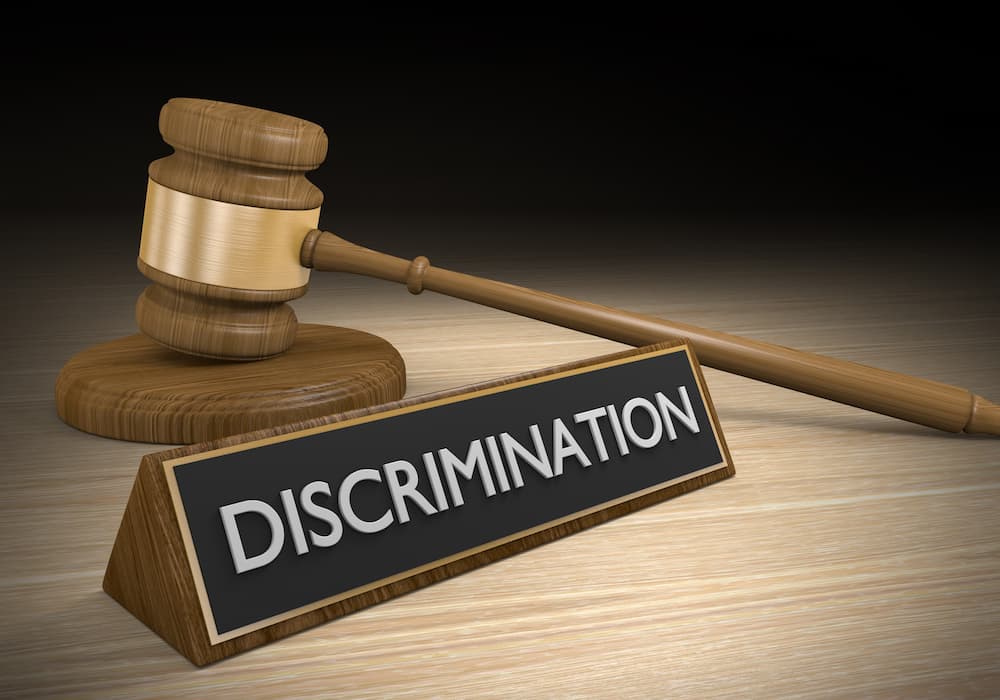
We all have a right to make a living in this country. Unfortunately, some employers use illegal and discriminatory criteria, such as race, to block qualified employees or candidates from employment and work benefits. You can fight this kind of injustice by filing a complaint against your employer, but you have to know how to prove racial discrimination in the workplace. Our attorneys at King & Siegel LLP have extensive experience successfully championing the rights of employees harmed by workplace discrimination. Contact us today.
To prove race discrimination, you can provide evidence that you were treated unfairly compared to others of a different race or ethnicity in similar situations. Additionally, you can show that the reason for this differential treatment was not legitimate, such as inconsistent application of rules or policies.
There Are Multiple Types of Racial Discrimination
Under Title VII of the federal Civil Rights Act of 1964 and California’s Fair Employment and Housing Act (FEHA), mistreating an employee or job applicant because of their race is illegal. This unlawful behavior crops up in multiple ways in workplaces. But proving the signs of racial discrimination can be a complex process. Let’s look at different types of race-based discrimination and how you can prove your employer committed them.
Harassment
You are the victim of racial harassment if:
- You have to endure unwanted and offensive race-based behavior to receive employment benefits; or
- You are exposed to unwanted, race-based behavior that is so extreme or prevalent that a reasonable person would believe your workplace is hostile.
You can prove harassment through testimony, correspondence, personnel records, internal complaint records, and pictures.
Disparate Treatment Discrimination
Some employers use valid workplace actions or policies to mistreat employees of a particular racial group. You might notice that members of one racial group receive more rewards for the same work or less punishment for the same misconduct. This is illegal, disparate treatment.
You prove this discrimination by showing that similarly situated employees of different races are not receiving the same treatment at work. Your evidence might include:
- Copies of employment policies,
- Personnel records,
- Employer correspondence,
- Witness testimony (including yours), and
- Disciplinary records.
In the State of California, you have a general right to receive a copy of your own personnel records. If the personnel records of other employees are crucial to your discrimination complaint or lawsuit, your attorney can help you access relevant information from them.
Here’s an example. Imagine that your employer has a tardiness policy that suspends employees who are more than 10 minutes late. If employees from several racial groups arrive at work 15 to 17 minutes late each day, but your employer punishes only Latino employees for tardiness, that is unlawful discrimination. You could present a copy of your employer’s tardiness policy, the regular clock-in times for employees of different racial backgrounds, and the disciplinary histories of those employees to prove discrimination.
Adverse Impact Discrimination
Sometimes an employer’s enforcement of a workplace policy is unbiased, but the policy has a more severe effect on employees of a particular racial group. This is adverse impact discrimination. Once again, you can prove this discrimination occurs by showing how similarly situated employees of different races are affected differently by the enforcement of the policy. You must also disprove any employer arguments that its discriminatory policy is a business necessity.
An example will help to clarify adverse impact. The U.S. Equal Employment Opportunity Commission notes that an employer’s strict no-beard policy might impact African American employees more severely than others. A no-beard policy might be more severe for African Americans because of the prevalence of a skin condition called pseudofolliculitis barbae (PFB) in the community. An African American employee with PFB who is fired or prevented from advancing at work because of their beard might have a valid discrimination complaint. That employee might need statistical evidence and personnel records to prove the impact their employer’s policy could have on different racial groups.
Perpetuation of Discrimination
As you can imagine, many older workplaces have evolved as our country’s laws have changed. But even if a company changes to comply with state and federal anti-discrimination laws, some of its biased traditions could have lingering, discriminatory effects. If one of your employer’s policies changed to be neutral on its face, but it still has a discriminatory impact because of your employer’s history, you could have a right to complain. You might need copies of your employer’s policies (including policy history) and statistical evidence to prove your case.
For example, picture a business that refused to hire non-white employees before the anti-discrimination laws were passed. While discrimination was still legal, the business had a policy of recruiting a majority of its associates from a local social club that refused to admit Asian members. In present times, the business and the club no longer refuse to admit Asian employees or members. However, the social club allows only members with legacy connections to the institution, and the business still recruits the majority of its associates from the club.
You can quickly see how even though the business and club changed their policies, their arrangement still unfairly impacts Asian job applicants. Presenting evidence of the history of the business’s hiring rules, the club’s admission rules, and the imbalances between the number of Asian job applicants and Asian employees could prove your case.
Retaliation
Some employers attempt to hide their racially discriminatory behavior by firing or punishing employees who point out the discrimination. To avoid liability for discriminatory retaliation, an employer will likely identify a fake, nondiscriminatory reason for firing their employee—this is called a pretextual reason. In a retaliation case, you want to include your employer’s policies, your disciplinary history, and any evidence of work commendations to prove that you were not punished for cause.
We Can Help
At King & Siegel, our California racial discrimination attorneys are award-winning and passionate about protecting employee rights. We have won millions for mistreated employees, and we tailor our strategies to our clients’ unique needs. Please contact us today for help.

